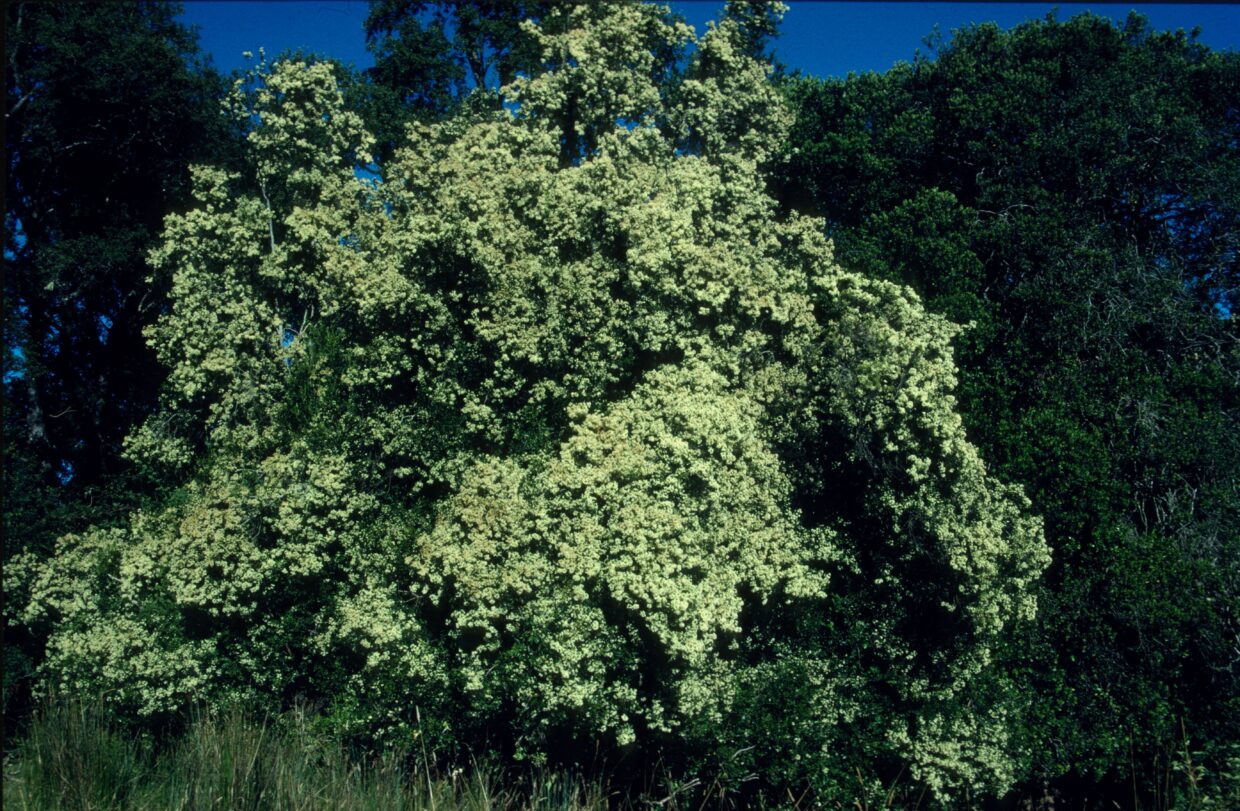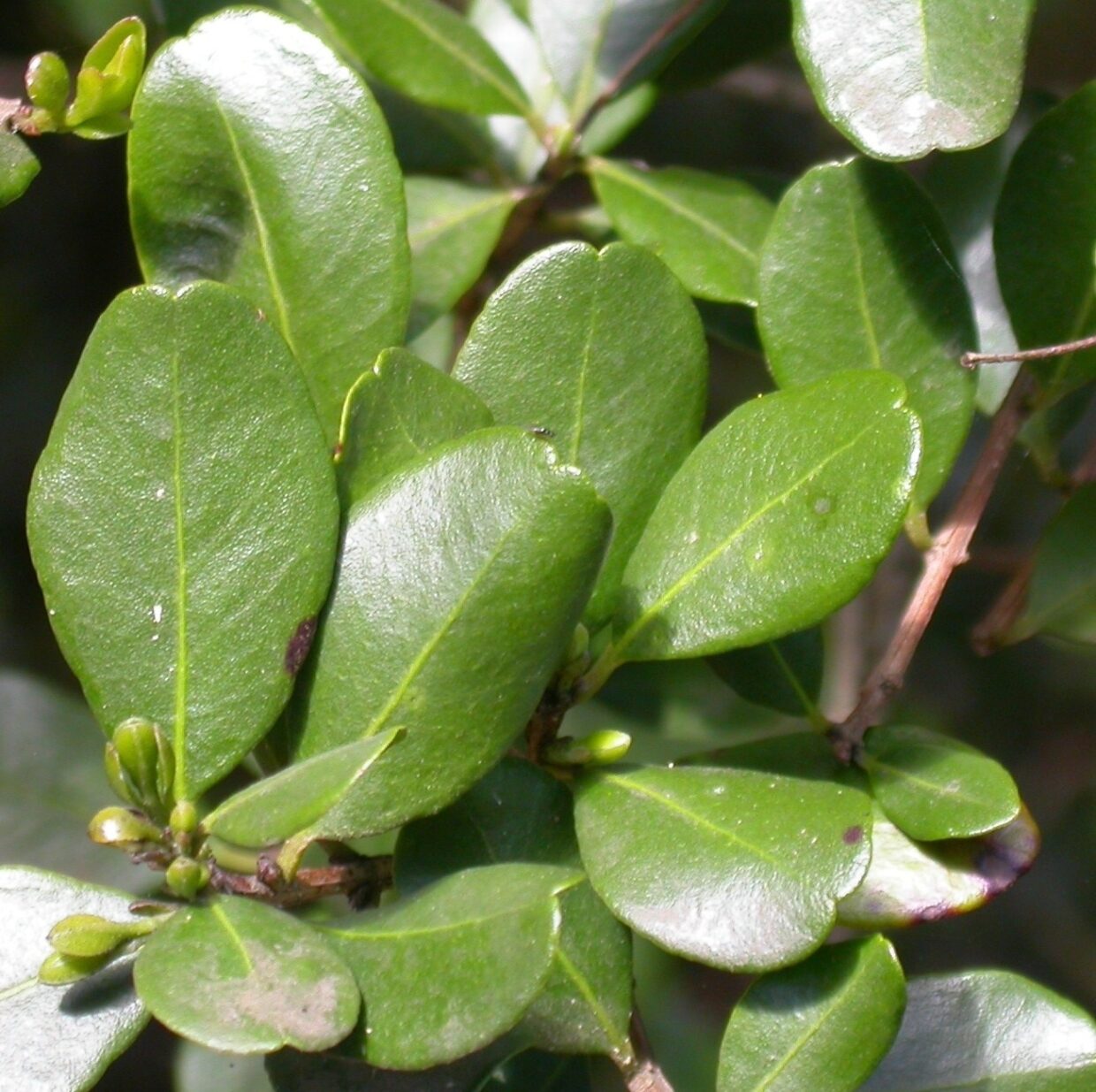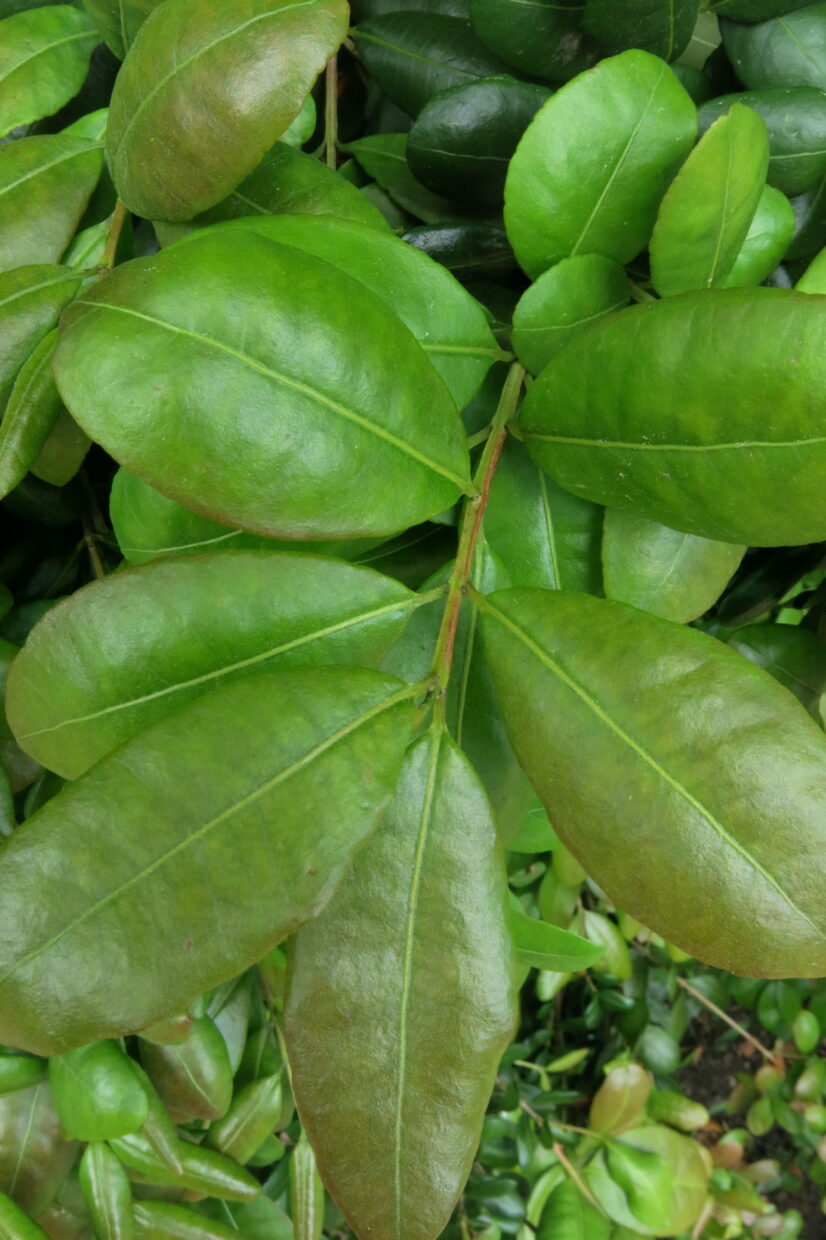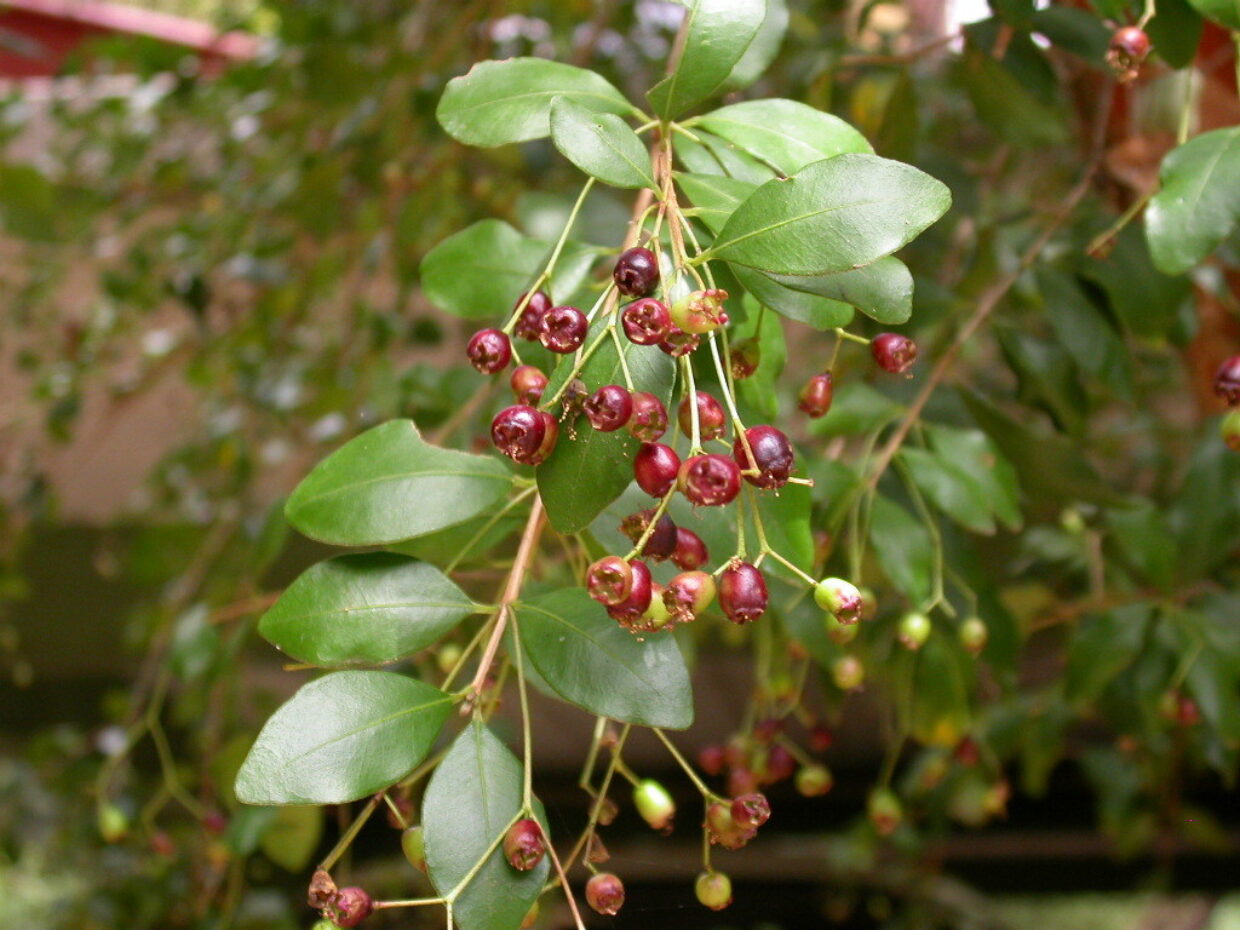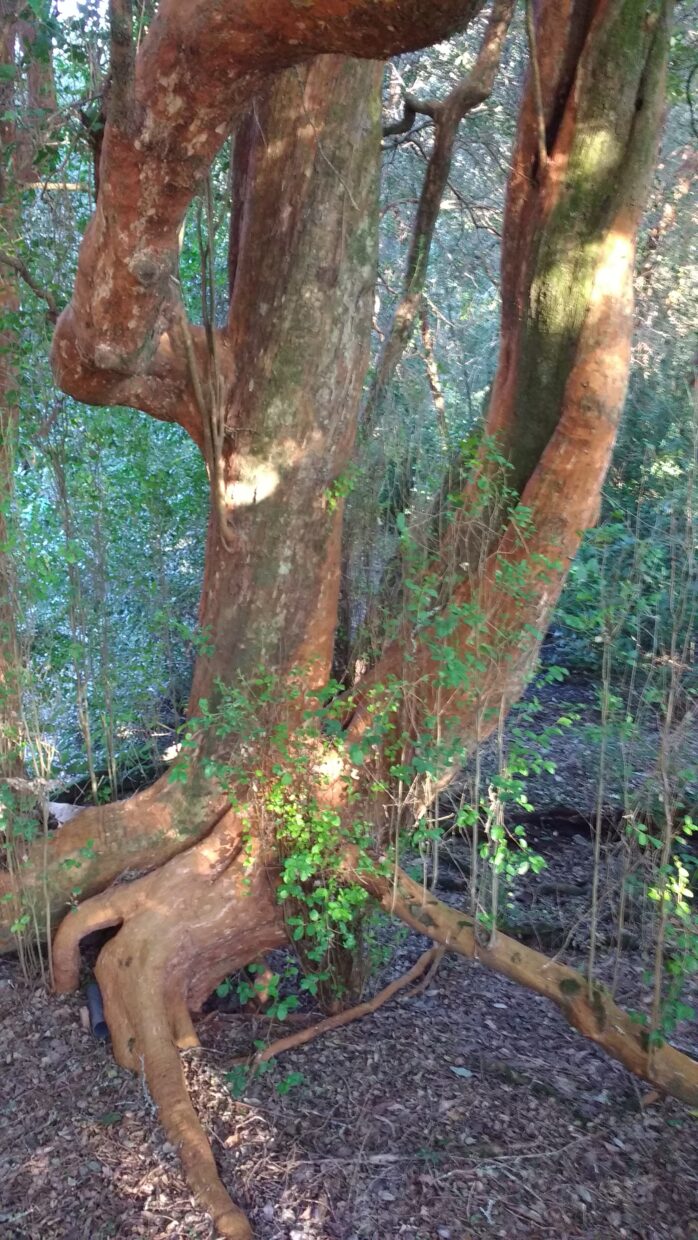Place of Publication
Pflanzenr. 3(7): 71 (1893)
Type citation
Based on Eugenia cruckshanksii Hook. & Arn. Chile: "Valparaíso" Cruckshanks s.n. (lectotype: (designated by Landrum in Fl. Neotropica 45: 116) E. 00285759; isolectotype: K).
Synonyms
- Blepharocalyx divaricatus (O.Berg) Nied.
- Blepharocalyx divaricatus (O.Berg) Nied. var. obovatus
- Blepharocalyx divaricatus (O.Berg) Nied. var. ovalis
- Blepharocalyx divaricatus (O.Berg) Nied. var. pauciflorus
- Eugenia cruckshanksii Hook. & Arn.
- Eugenia divaricatum O.Berg
- Eugenia divaricatum O.Berg var. obovata
- Eugenia divaricatum O.Berg var. ovalis
- Eugenia divaricatum O.Berg var. pauciflora
- Eugenia elliptica Phil., hom. illeg.
- Luma cruckshanksii (Hook. & Arn.) A.Gray
- Temu divaricatum (O.Berg) O.Berg
Common names
- palo colorado (Landrum (1988))
- temu (Landrum (1988))
References
-
Niedenzu (1893)
Niedenzu, F. 1893. Myrtaceae. Das Pflanzenreich 3(7):57-105
-
Landrum (1986)
Landrum, L.R. 1986. Campomanesia, Pimenta, Blepharocalyx, Legrandia, Acca, Myrrhinum and Luma. Flora Neotropica Monograph 45:131-133
-
Landrum (1988)
Landrum, L R 1988. The Myrtle Family (Myrtaceae) in Chile. Proceedings of the California Academy of Sciences 45(12):277-317
Iconography
- Landrum (1988): Fig. 1E–G
Regions
Valparaíso, Metropolitana, Del General Libertador Bernardo O'Higgins, Maule, Biobío, Araucanía, Los Ríos, Los Lagos and Ñuble
Habitat
Temperate Forests, Valdivian rainforest and Relict coastal forest
Distribution and habitat
One of the most common Myrtaceae in south-central Chile occurring from Prov. Aconcagua to Llanquihue in both the coastal and Andean Cordilleras from 500 to 1000 m above sea level. Often occurring in swampy habitats, especially near to watercourses in rainforest.
Descriptions
- Landrum (1986)
- Landrum (1988)
Habit
Tree or shrub to 15 m tall. Flowering mostly from December to February. Fruits mature from February to April.
Key characteristics
Flowering specimens are sometimes confused with Myrceugenia exsucca (the two species often occur together) but the former has deciduous bracteoles and not persistent as in the latter. B. cruckshanksii usually has a notched leaf apex and the twigs are only sparsely hairy. In Myrceugenia exsucca the leaf apex is entire and the twigs are densely hairy (Landrum 1988).




